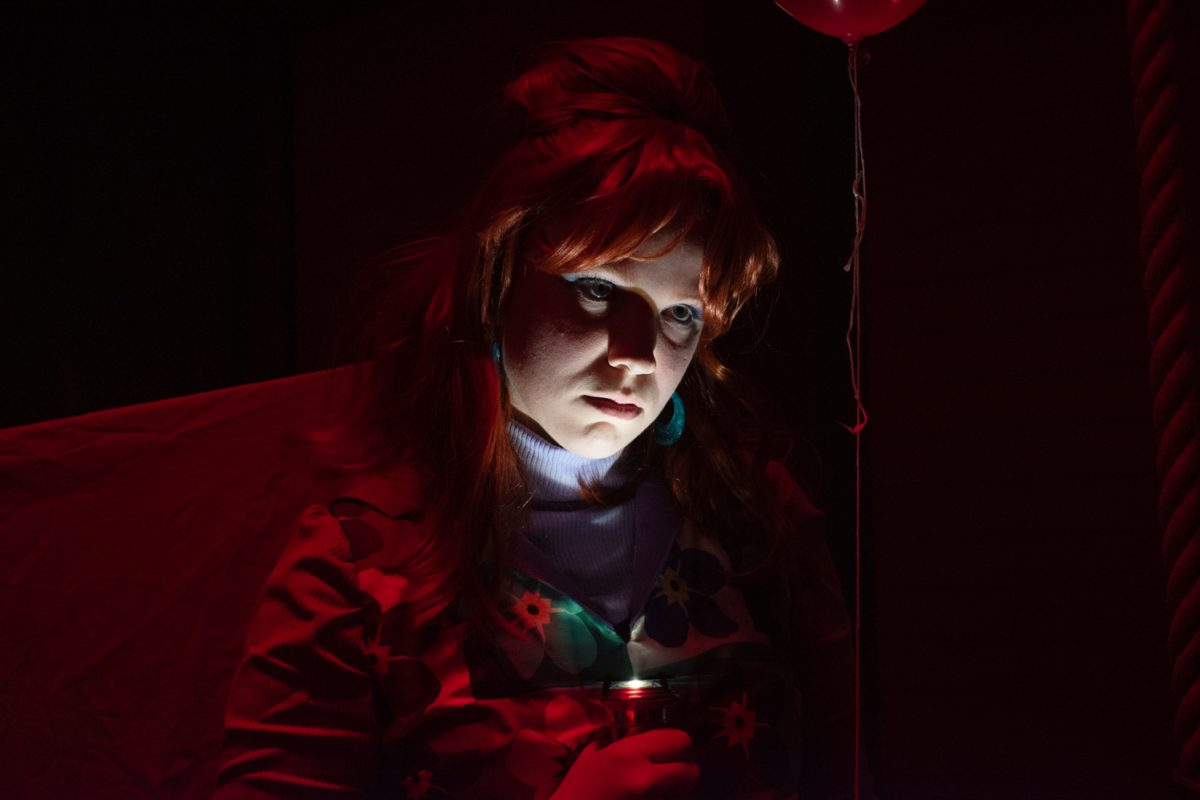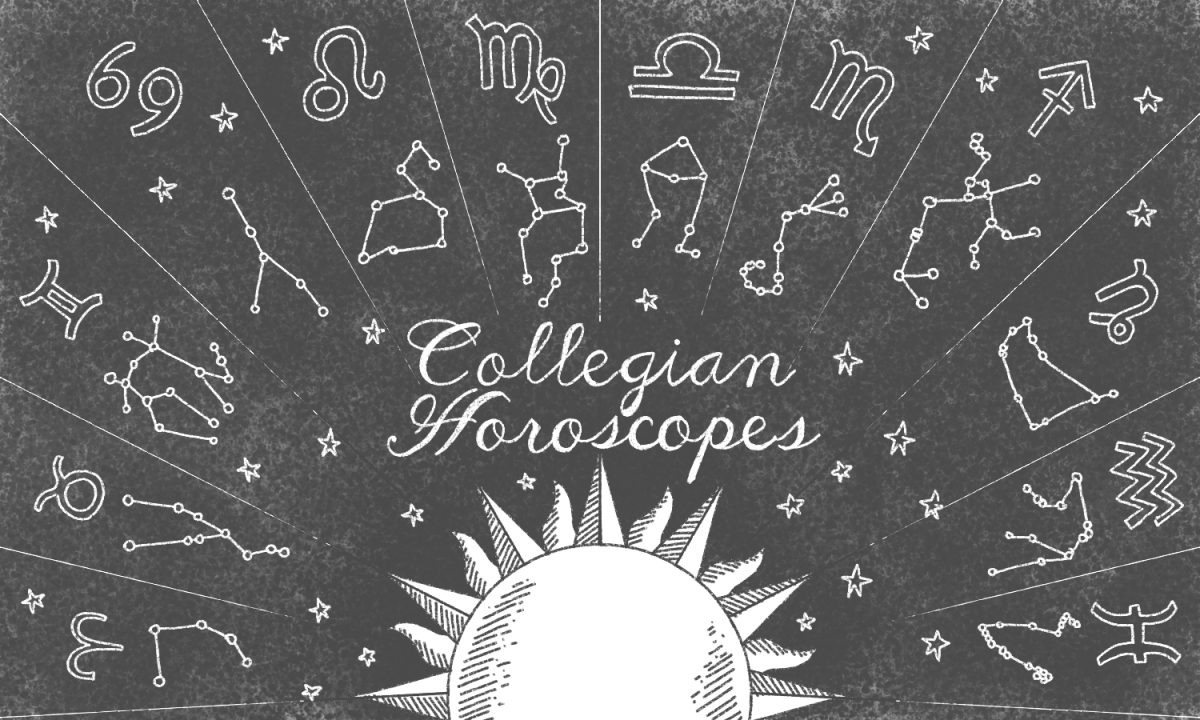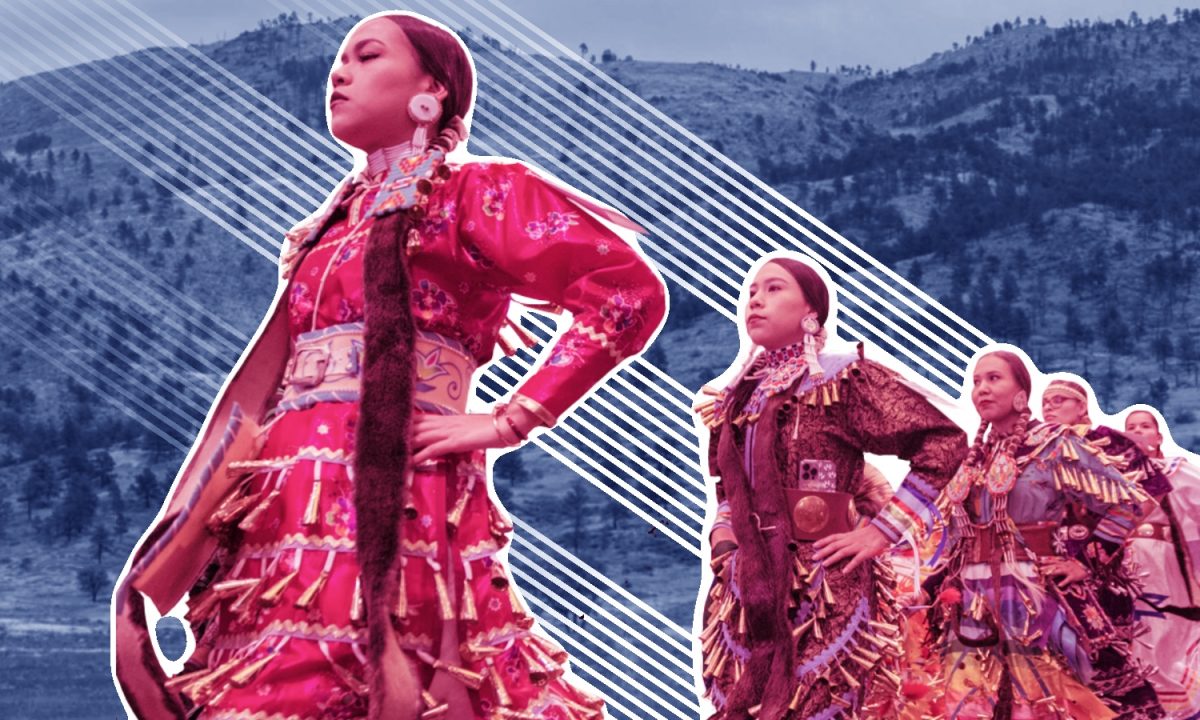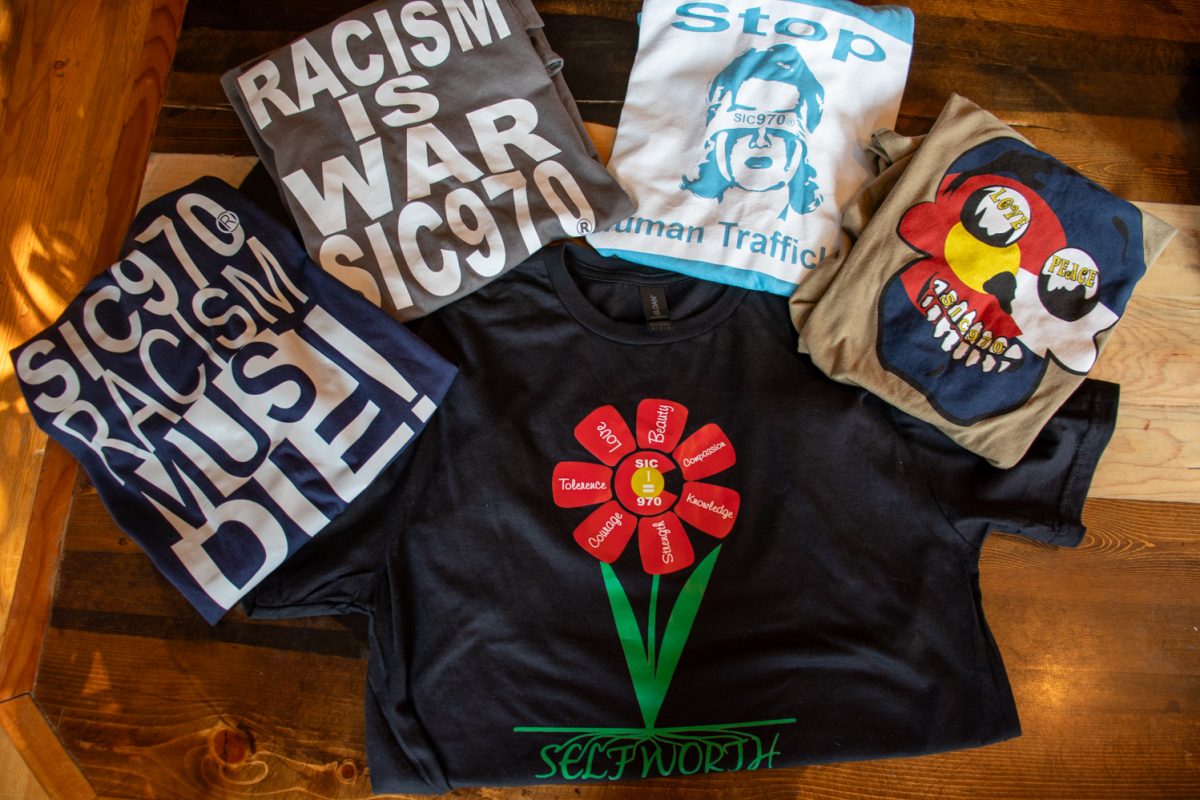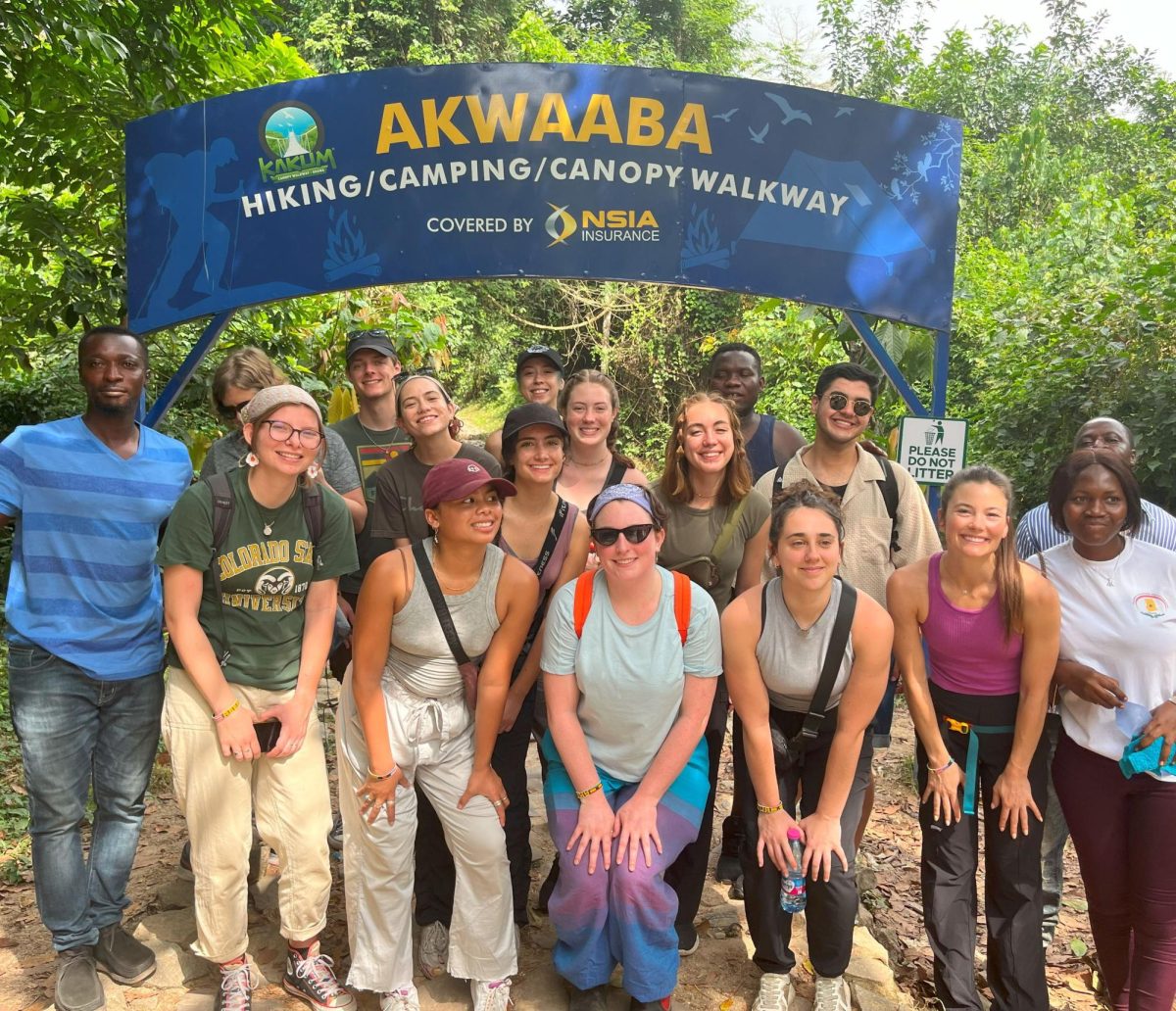Seraina Gessler owns 102 baskets. Each one is special to her, but one basket led her on a place not many tourists have gone.
Gessler, along with three other panelists, spoke at the Baskets: Anecdotes & Adventures event at the Global Village Museum Art on Wednesday Sept. 14.
Gessler spoke about why she collects baskets.
“It’s not the number that interests me,” Gessler said. “It’s the different designs, the size, the color, who makes them and where they come from.”
About two years ago, when Gessler and her husband were in Santa Fe, a basket caught their eye. They feel in love with the basket and looked into its origin story.
“We decided that this basket is from Panama made by the Wounaan people, and we have to go there and meet those women that made it,” Gessler said. “And, that’s what we decided to do.”
Nestled deeply in the Panama rainforest, the trip was not easy to plan. In addition, few tourists visit the region, according to Gessler.
“It’s not made for tourists,” Gessler said. “But, we decided to give it a try.”
After two four-hour drives around Panama and then a boat ride down Chico Kakwa River interrupted by multiple immigration checkpoints, they arrived in a Wounaan village, according to Gessler. The couple got a taste for the lives of the people in the village. The couple stayed in a crude community guesthouse with no amenities.
“We were very happy that we could stay there,” Gessler said. “We also felt that the friendly people in the village really made up for the lack of any amenities.”
Finally, the couple found what they were looking for: the maker of their beloved basket. They met the woman who constructed their basket after showing its picture to the locals. According to Gessler, it had taken the woman two years to make the basket.

The other panelists at the event added different spins on basketry.
The first speaker Mary Fuller is a local basket maker who teaches basket-making classes at her house. During her presentation, she informed the audience on the universal ways in which people make baskets. She told of the different types of materials that could be used for different baskets including oak trees, ash trees, grasses and pine needles.
Fuller explained the appeal to basket making as an art and as a utility.
“This is instant gratification, “Fuller said. “I think there’s something very satisfying about having the raw materials and then creating something which is either useful or decorative.”

Jean Lehman was the last to speak. She spoke of her time in Botswana collecting baskets. Things have changed in the basket industry since she was first introduced to it in the 1970s. Now, the trade is more commercialized, which means the baskets are less symbolic and meaningful.
The “urine trail of the bull” basket pattern symbolized the reliance of the people of Botswana on cattle. It was important to track their urine, according to Lehman.
“Never ask someone how many cattle they had,” Lehman said. “You could ask what their bank balance was no problem, but cattle was wealth.”

Other symbolic basket patterns include flight of the swallow, tears of giraffes, Forehead of a zebra and giraffe ribs.
According to Lehman, commercialism has taken over, and the people of Botswana no longer sell their representative patterns but rather patterns that look like they may sell to a wider audience.
Marilyn Murphy attended the program. She is a member at the Global Village Museum of Art and the director at Cloth Roads, a global textile marketplace. According to Murphy, she enjoyed the event.
“I liked the structure of the program,” Murphy said. “The progression of speakers made sense.”
Lauren Bishop is the collections manager of the museum, which means she cares for the items in the museum. According to Bishop, the event was fun. She was excited that there was information given with regard to the care of baskets.
During the event, the panelists talked about the proper care for baskets including no direct sunlight, keeping them cool and dry, and maintaining the original shape of the basket.
Basketry is one of the oldest and most far-reaching crafts of humanity. Its beauty is both in its art but also in its functionality to its people whether it be a physical vessel or spiritual one. Although the uses of the baskets differ, every basket has a unique story.
“Each basket comes with a story,” Gessler said. “Each basket is a special souvenir.”



